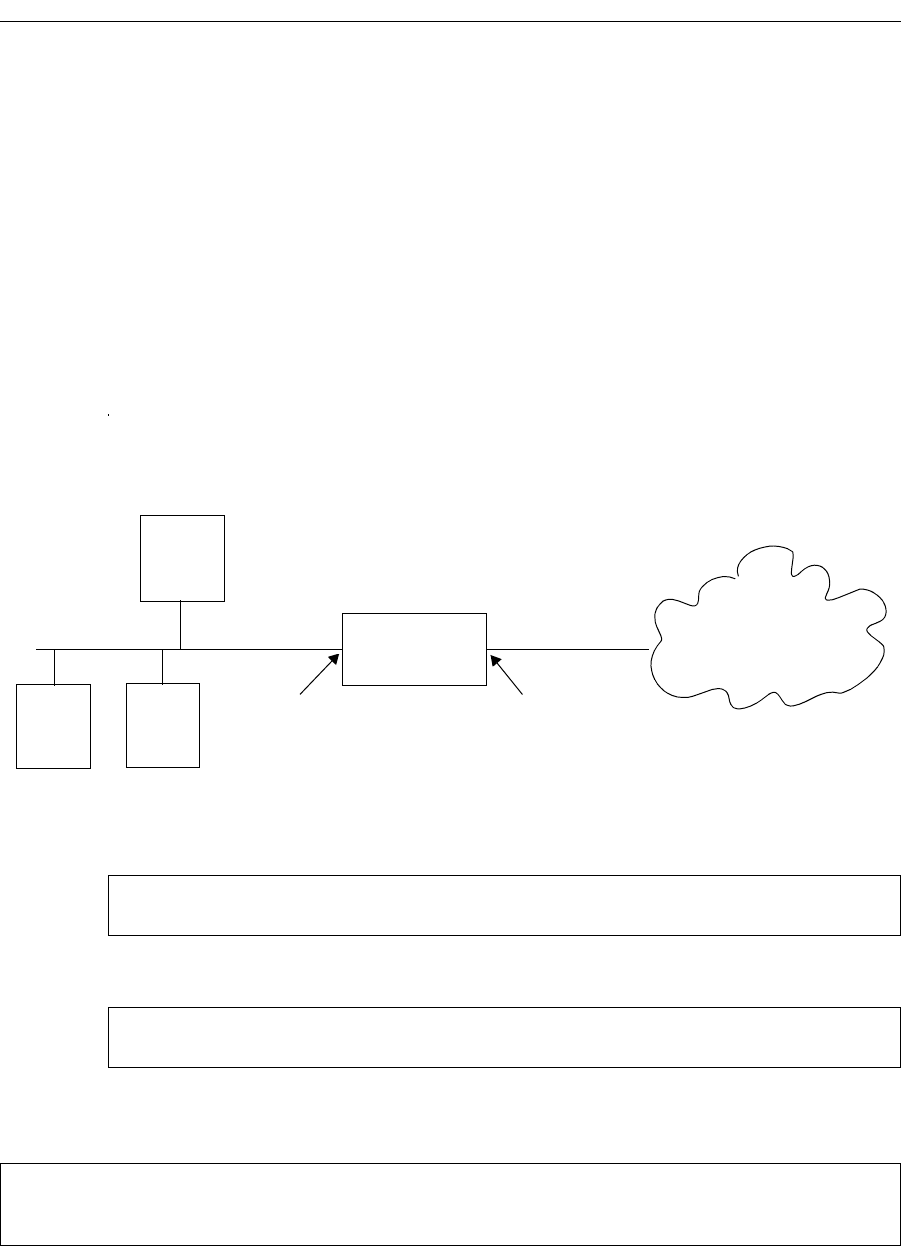Network Router User Manual
Table Of Contents
- Notices
- Contents
- About This Manual
- Introduction
- Hot Swapping Line Cards and Control Modules
- Bridging Configuration Guide
- Bridging Overview
- VLAN Overview
- Configuring SSR Bridging Functions
- Monitoring Bridging
- Configuration Examples
- SmartTRUNK Configuration Guide
- ATM Configuration Guide
- Packet-over-SONET Configuration Guide
- DHCP Configuration Guide
- IP Routing Configuration Guide
- IP Routing Protocols
- Configuring IP Interfaces and Parameters
- Configuring IP Interfaces to Ports
- Configuring IP Interfaces for a VLAN
- Specifying Ethernet Encapsulation Method
- Configuring Jumbo Frames
- Configuring Address Resolution Protocol (ARP)
- Configuring Reverse Address Resolution Protocol (RARP)
- Configuring DNS Parameters
- Configuring IP Services (ICMP)
- Configuring IP Helper
- Configuring Direct Broadcast
- Configuring Denial of Service (DOS)
- Monitoring IP Parameters
- Configuring Router Discovery
- Configuration Examples
- VRRP Configuration Guide
- RIP Configuration Guide
- OSPF Configuration Guide
- BGP Configuration Guide
- Routing Policy Configuration Guide
- Route Import and Export Policy Overview
- Configuring Simple Routing Policies
- Configuring Advanced Routing Policies
- Multicast Routing Configuration Guide
- IP Policy-Based Forwarding Configuration Guide
- Network Address Translation Configuration Guide
- Web Hosting Configuration Guide
- Overview
- Load Balancing
- Web Caching
- IPX Routing Configuration Guide
- Access Control List Configuration Guide
- Security Configuration Guide
- QoS Configuration Guide
- Performance Monitoring Guide
- RMON Configuration Guide
- LFAP Configuration Guide
- WAN Configuration Guide
- WAN Overview
- Frame Relay Overview
- Configuring Frame Relay Interfaces for the SSR
- Monitoring Frame Relay WAN Ports
- Frame Relay Port Configuration
- Point-to-Point Protocol (PPP) Overview
- Configuring PPP Interfaces
- Monitoring PPP WAN Ports
- PPP Port Configuration
- WAN Configuration Examples
- New Features Supported on Line Cards

Chapter 16: Network Address Translation Configuration Guide
228 SmartSwitch Router User Reference Manual
the pools and the SSR automatically chooses a free global IP from the global pool for the
local IP.
Dynamic bindings are removed when the flow count goes to zero or the timeout has been
reached. The removal of bindings frees the port for that global and the port is available for
reuse. When all the ports for that global are used, then ports are assigned from the next
free global. If no more ports and globals are available, the packets will be dropped.
Dynamic NAT with DNS
The following example configures a DNS dynamic address binding for outside address
192.50.20.2-192.50.20.9 to inside addresses 10.1.1.0/24:
The first step is to create the interfaces:
Next, define the interfaces to be NAT “inside” or “outside”:
Then, define the NAT dynamic rules by first creating the source ACL pool and then
configuring the dynamic bindings:
et.2.2
(192.50.20.1/24)
et.2.1
(10.1.1.1/24)
Global Internet
IP network 10.1.1.0/24
Router
interface 10-net interface 192-net
DNS
DNS server static binding of 10.1.1.10 to 192.50.20.10
10.1.1.10
10.1.1.2 10.1.1.3
Server
interface create ip 10-net address-netmask 10.1.1.1/24 port et.2.1
interface create ip 192-net address-netmask 192.50.20.1/24 port et.2.2
nat set interface 10-net inside
nat set interface 192-net outside
acl lcl permit ip 10.1.1.0/24
nat create dynamic local-acl-pool lcl global-pool 192.50.20.2-192.50.20.9
nat create static local-ip 10.1.1.10 global-ip 192.50.20.10 protocol ip










